Imagine gazing up at the night sky, stars twinkling like scattered diamonds, and wondering—could there be a massive world lurking unseen, right here in our own solar system? For decades, astronomers have scoured the cosmic backyard, convinced they’d charted every major object. Yet, whispers of a hidden planet—sometimes dubbed “Planet Nine”—refuse to fade. The idea seems ripped from the pages of science fiction, but it’s grounded in stubborn mysteries and tantalizing clues. What if something enormous is out there, just beyond the reach of our telescopes, quietly shaping the fate of everything we know?
The Solar System’s Known Family

Our solar system feels like a familiar cast of characters: the blazing Sun, rocky inner planets, gas and ice giants, and a smattering of dwarf planets. Each world has its own quirks, orbits, and moons. For centuries, we thought we had counted them all, with Neptune’s discovery in 1846 marking the edge of the planetary frontier. The demotion of Pluto in 2006 shook things up, reminding us that the solar system’s story is far from over. But could this cosmic family be missing a crucial member?
Clues in the Kuiper Belt
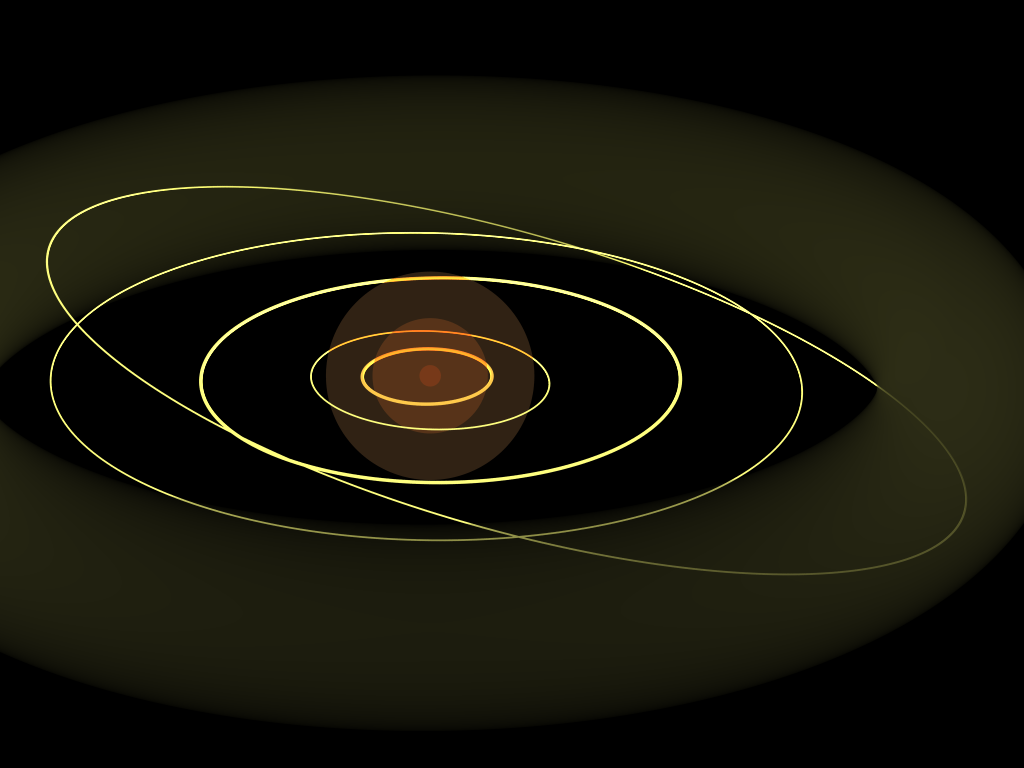
Beyond Neptune lies the Kuiper Belt—a vast, icy wilderness brimming with frozen leftovers from the solar system’s birth. Here, astronomers noticed something strange: a handful of distant objects followed odd, clustered orbits, as if nudged by an unseen giant. This clustering isn’t just a coincidence. It’s like a group of leaves circling in the same eddy, hinting at a hidden force stirring the water. Scientists began to wonder if something massive, far beyond Neptune, was orchestrating this cosmic dance.
The Birth of the Planet Nine Hypothesis

In 2016, astronomers Konstantin Batygin and Mike Brown made headlines by proposing the existence of “Planet Nine.” Their calculations suggested that a planet up to ten times the mass of Earth, lurking hundreds of times farther from the Sun than Earth, could explain the Kuiper Belt’s peculiarities. Their work ignited a frenzy—could we actually be missing a planet the size of Neptune? This wasn’t wild speculation. The math fit the evidence, opening a new chapter in the hunt for hidden worlds.
How Could We Miss a Planet?
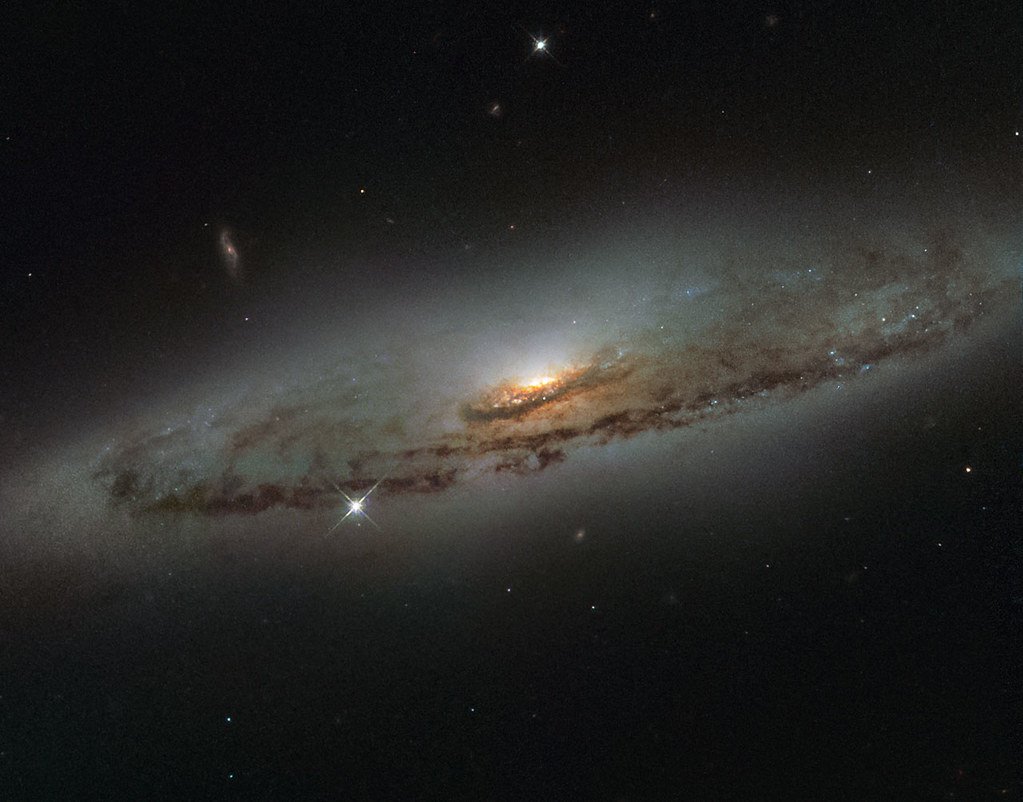
It seems impossible that a giant planet could have evaded detection in our own cosmic neighborhood. But the solar system is vast—so mind-bogglingly large that even Neptune’s discovery required mathematical detective work before telescopes ever caught sight of it. A planet lurking in the farthest reaches would reflect so little sunlight, it might be fainter than the dimmest stars. Even the most powerful telescopes could mistake it for background noise unless they knew just where to look.
Strange Orbits and Gravitational Clues

The strongest evidence for a hidden planet comes from the way distant objects move. Some trans-Neptunian objects (TNOs) share unusually tilted or elongated orbits, as if something massive were shepherding them from afar. These patterns defy easy explanation. The behavior is like a school of fish all suddenly darting in the same direction—not random, but the result of a larger force at play. If Planet Nine exists, its gravity is the invisible hand guiding these cosmic wanderers.
The Hunt with Powerful Telescopes
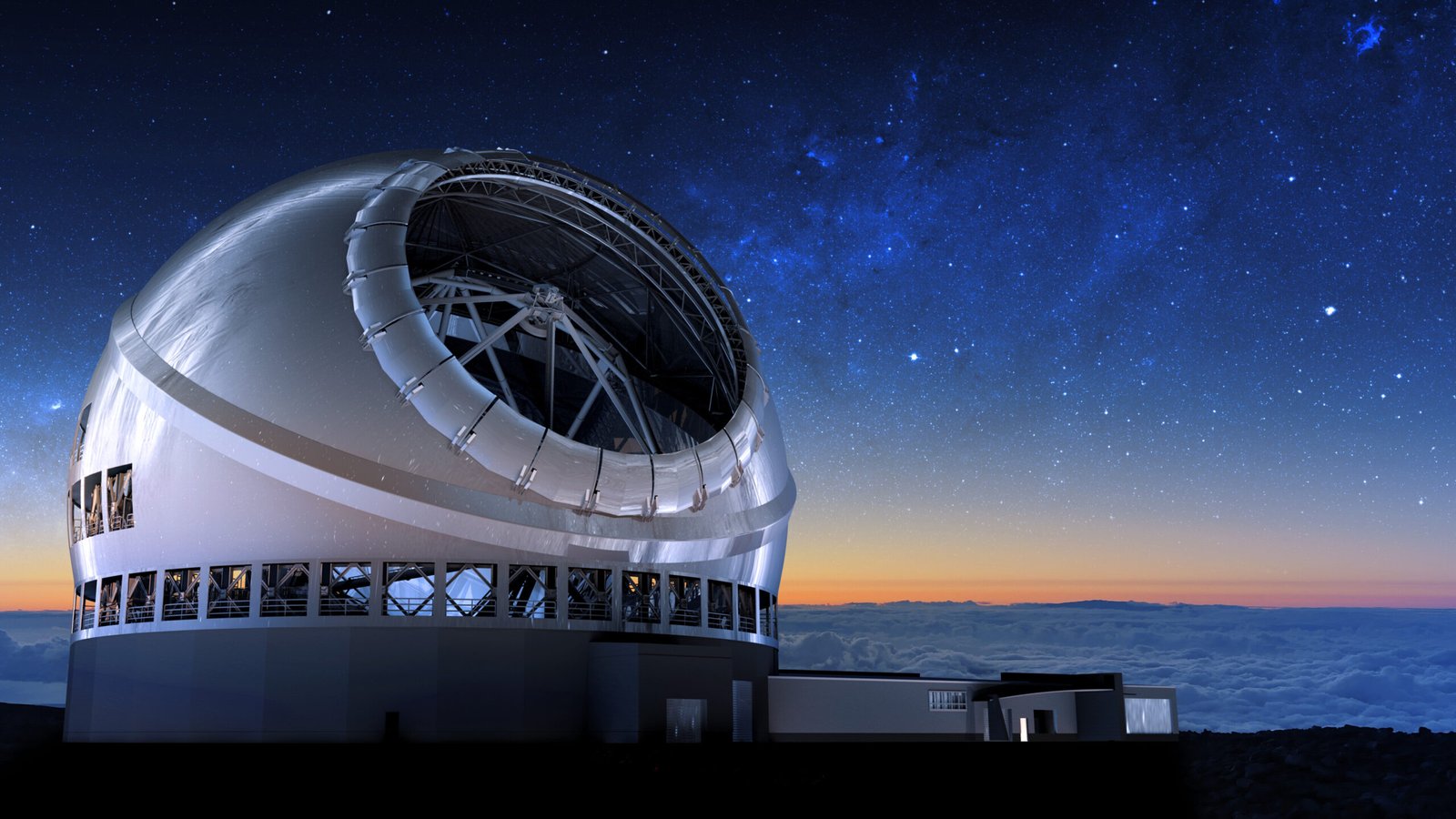
Astronomers haven’t been idle. Using instruments like the Subaru Telescope in Hawaii, they’ve scanned swathes of the sky for signs of Planet Nine. This search is painstaking—like looking for a single grain of sand on a vast beach at night. Each sweep may capture millions of faint specks, most of them distant galaxies or asteroids. Only with careful analysis can researchers hope to spot a slow-moving, dim object that could be a new planet.
Alternative Explanations

Not everyone is convinced that a missing planet is to blame. Some scientists argue that the clustered orbits might be a statistical fluke—a cosmic coincidence arising from small sample sizes. Others suggest that the collective gravity of many smaller objects, rather than a single giant, could produce the observed patterns. This debate is fierce and ongoing, with each new discovery tipping the scales. The truth remains tantalizingly out of reach.
The Shadowy Realm of the Oort Cloud

Even farther out, the Oort Cloud is a sphere of icy debris stretching halfway to the next star. It’s the solar system’s most mysterious frontier, and it’s never been directly observed. Some theorists wonder if a hidden planet might lurk even here, influencing the paths of comets that occasionally dive toward the Sun. If so, it could be the most distant planet ever found—or perhaps, the last undiscovered world in our celestial neighborhood.
Historic Planet Hunts and Lessons Learned
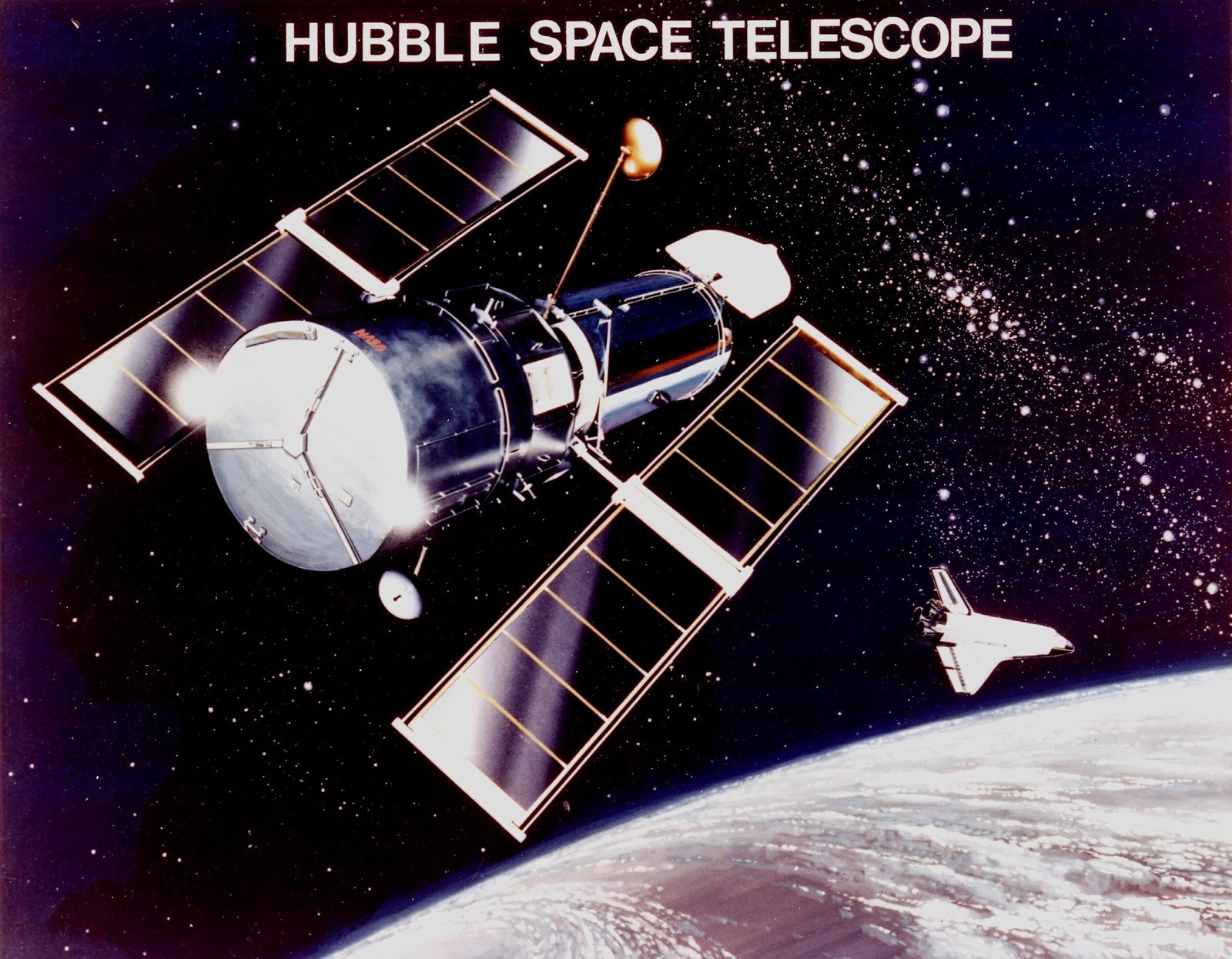
History is full of dramatic planet hunts. Neptune itself was found after astronomers noticed Uranus’s orbit behaving oddly, suggesting an unseen influence. Pluto, too, was discovered through indirect hints, though it turned out much smaller than expected. These stories teach us that cosmic mysteries often have surprising solutions—and that new worlds may be hiding just beyond the horizon, waiting for technology or luck to reveal them.
What Would Planet Nine Look Like?
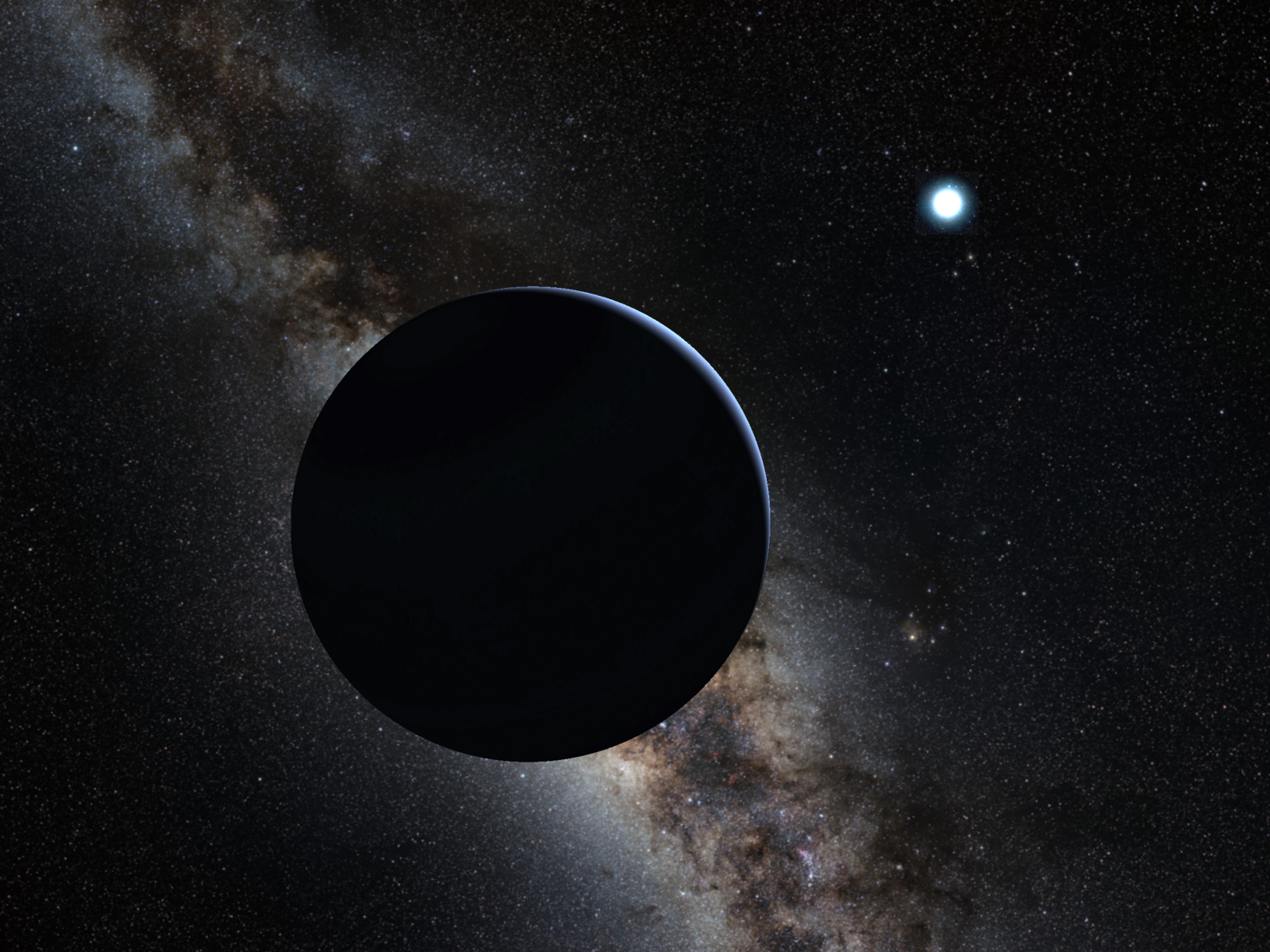
If Planet Nine exists, it’s probably a cold, dark world—maybe an ice giant like Neptune or a super-Earth, with a thick atmosphere of hydrogen and helium. It wouldn’t shine with its own light, only glimmering faintly with borrowed sunlight. Imagine a lonely, frigid orb, circling the Sun every 10,000 to 20,000 years, its seasons lasting centuries. It could have moons, rings, or even an atmosphere rich in exotic ices, painting a picture both alien and awe-inspiring.
Why Finding Another Planet Matters

Uncovering a hidden planet would rewrite textbooks overnight. It would force scientists to rethink how the solar system formed and evolved. Did this world form close to the Sun and get kicked out, or did it coalesce in the icy outskirts? Its discovery would also hint at the kinds of planets lurking in other star systems. Each new find teaches us a little more about how unique—or common—our solar system truly is.
The Role of Computer Simulations
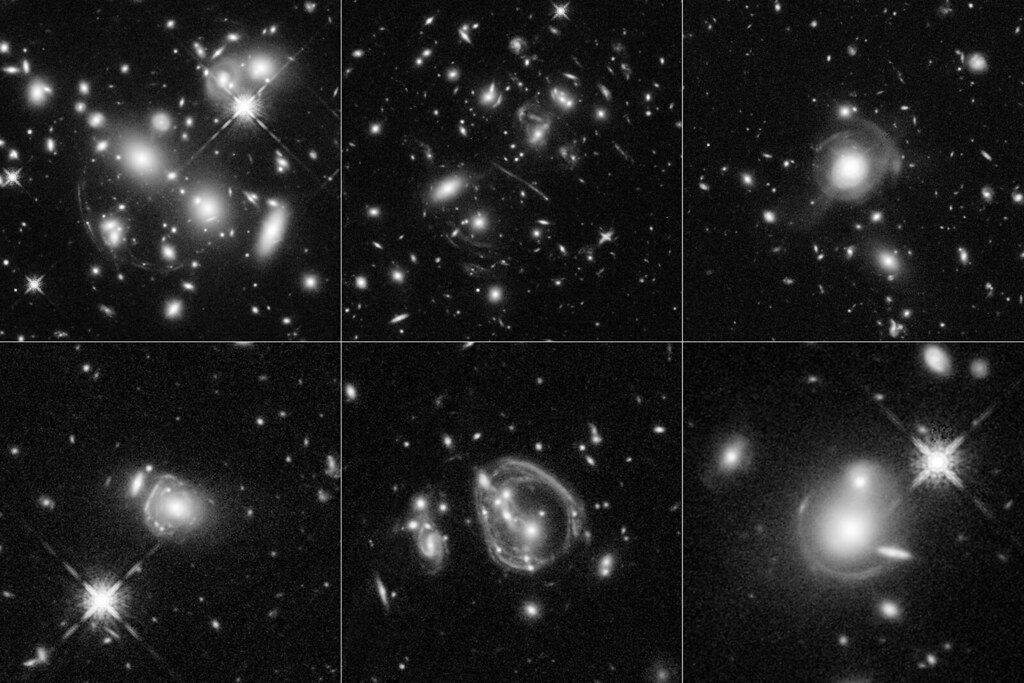
With so much uncertainty, astronomers rely on computer models to test ideas about Planet Nine. These simulations let researchers play out different scenarios—adjusting the planet’s mass, orbit, and speed—to see how it would affect known objects. It’s a cosmic game of chess, with scientists moving pieces on an invisible board, searching for the combination that matches reality. These virtual experiments guide telescope searches and sharpen the hunt.
Citizen Scientists Join the Search

The quest for hidden worlds isn’t limited to professionals. Amateur astronomers and citizen scientists have joined the fray, poring over public telescope data and spotting faint moving objects. With patience and passion, anyone can contribute to the search. In fact, several minor planets and comets have been discovered this way, proving that the universe sometimes rewards a keen pair of eyes and a curious mind.
What About Alien Life?
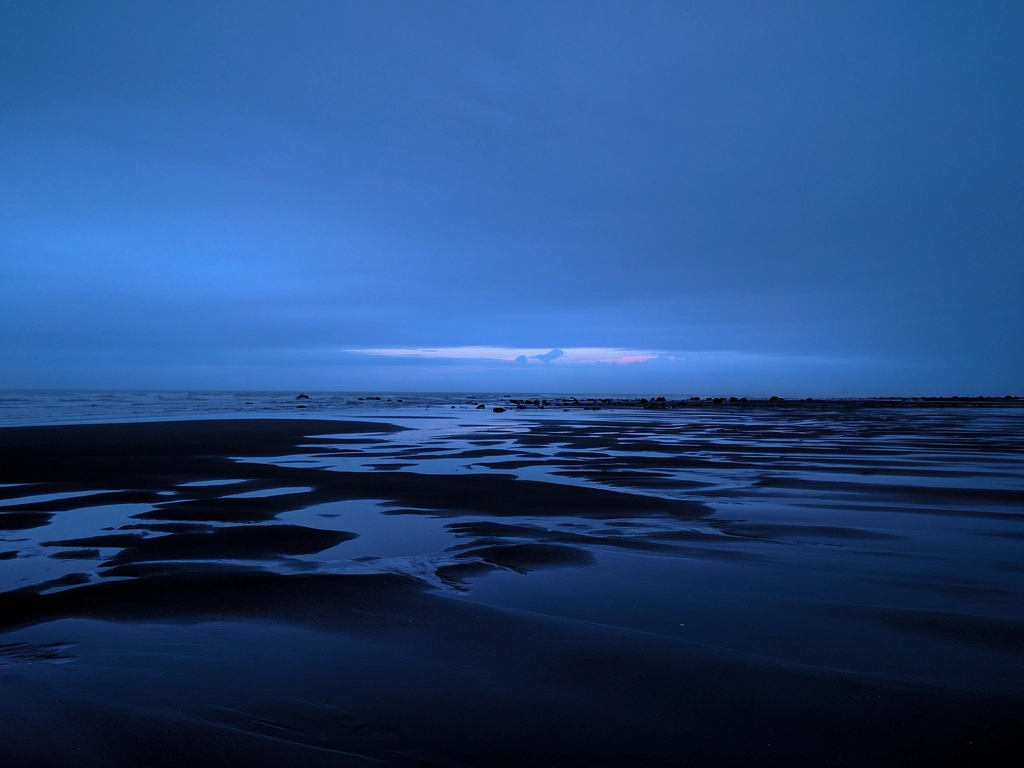
A hidden planet raises tantalizing questions about the possibility of alien life. While a frozen, distant world seems inhospitable, scientists have learned never to say never. Moons around such a planet could have subsurface oceans, warmed by tidal forces, creating havens for life in the darkness. The more we discover, the more we realize life can thrive in the most unexpected places—even far from the Sun’s warmth.
The Future of Planetary Exploration
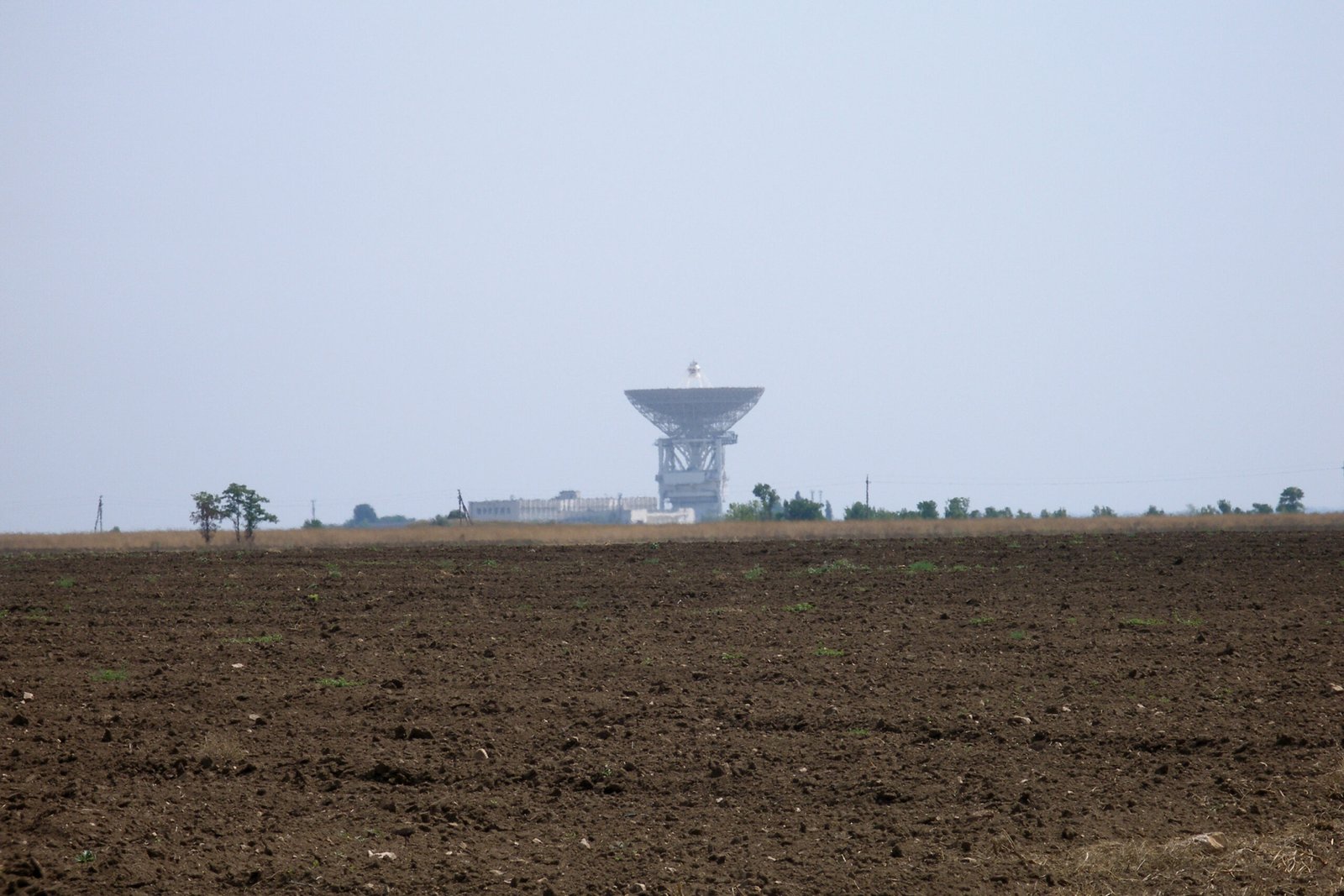
Upcoming missions and new telescopes will push the boundaries of what we can see. The Vera C. Rubin Observatory, for example, promises to scan the sky with unprecedented depth and speed, potentially catching a glimpse of any lurking giant. As technology advances, the odds of finding hidden planets grow. The next decade could bring discoveries that boggle the mind and inspire a new generation of explorers.
The Emotional Pull of the Unknown
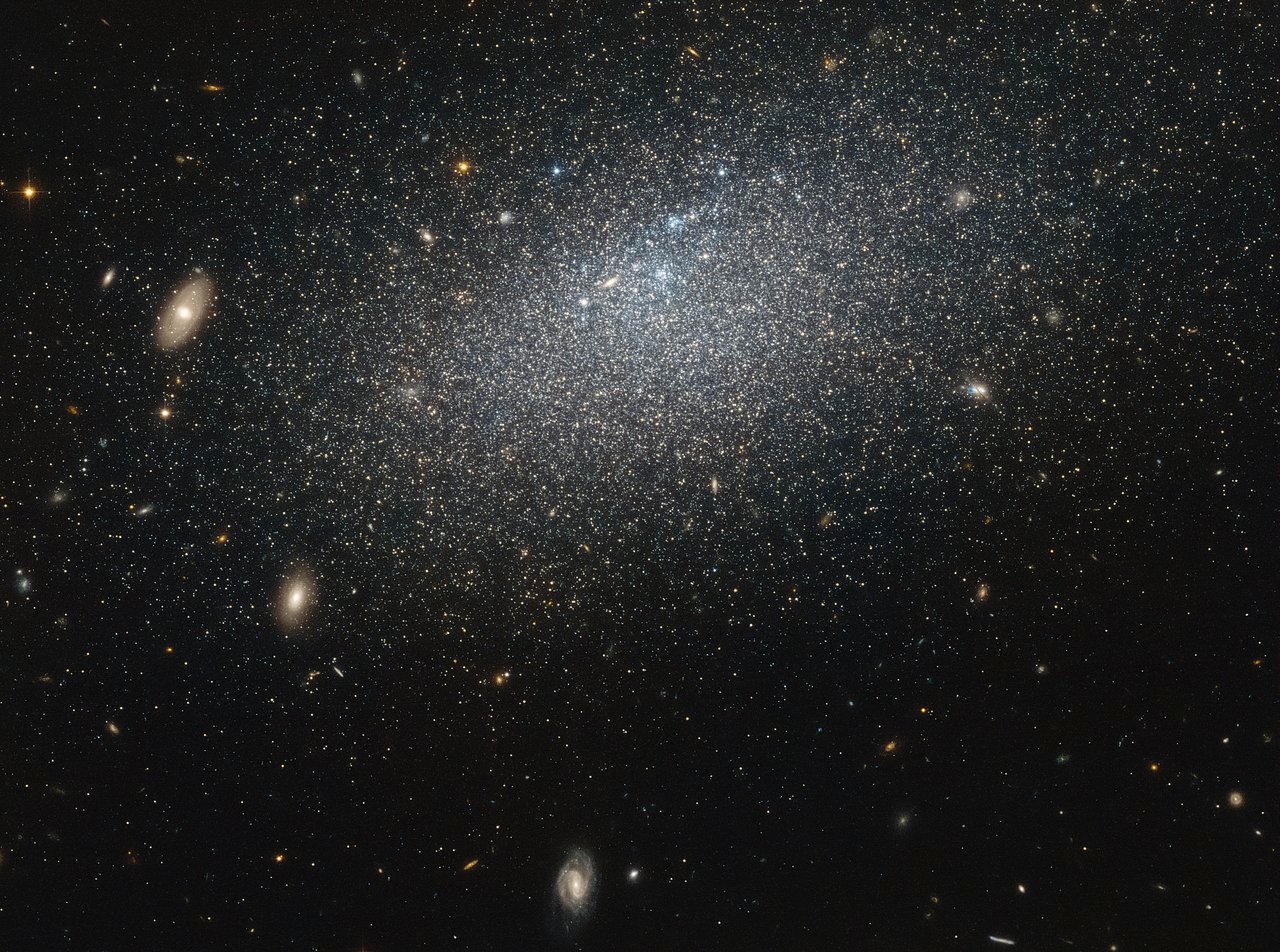
There’s something deeply human about the search for missing worlds. It’s a quest that tugs at our imagination, blending curiosity, wonder, and a touch of fear of the unknown. The idea that our solar system—a place we thought we knew—might still hold secrets stirs the soul. It reminds us that exploration is never really finished. The universe is vast, mysterious, and always ready to surprise us.
What If We Never Find It?
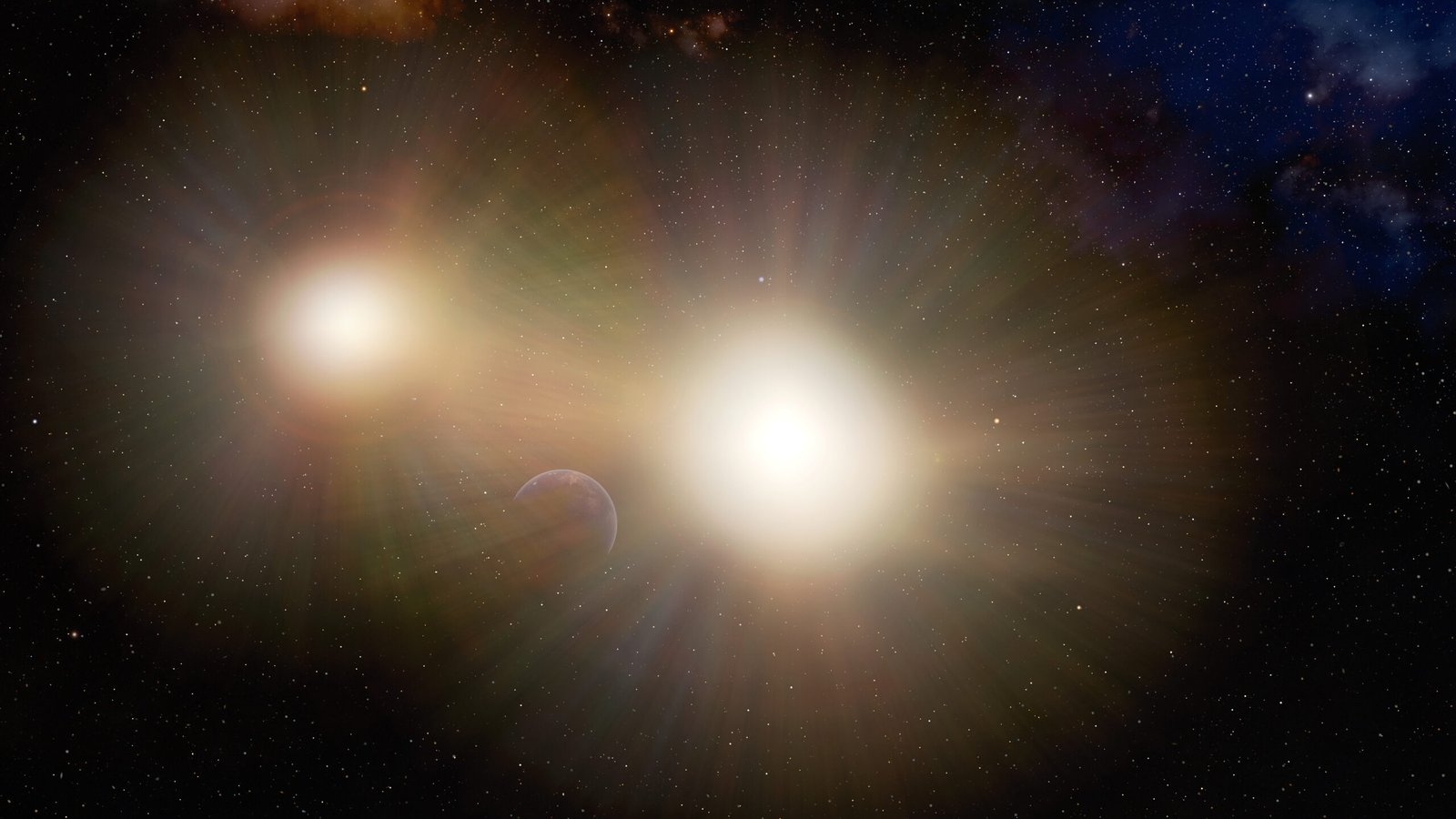
The hunt for a hidden planet could end with a triumphant discovery or with the realization that the clues led nowhere. Either way, the search itself has changed our understanding of the solar system. It’s taught us humility and persistence, and it’s sparked debates that stretch from ivory towers to backyard stargazers. Whether the ninth planet is real or just a shadow in the data, the journey to find out has already left a mark on science and imagination alike.


